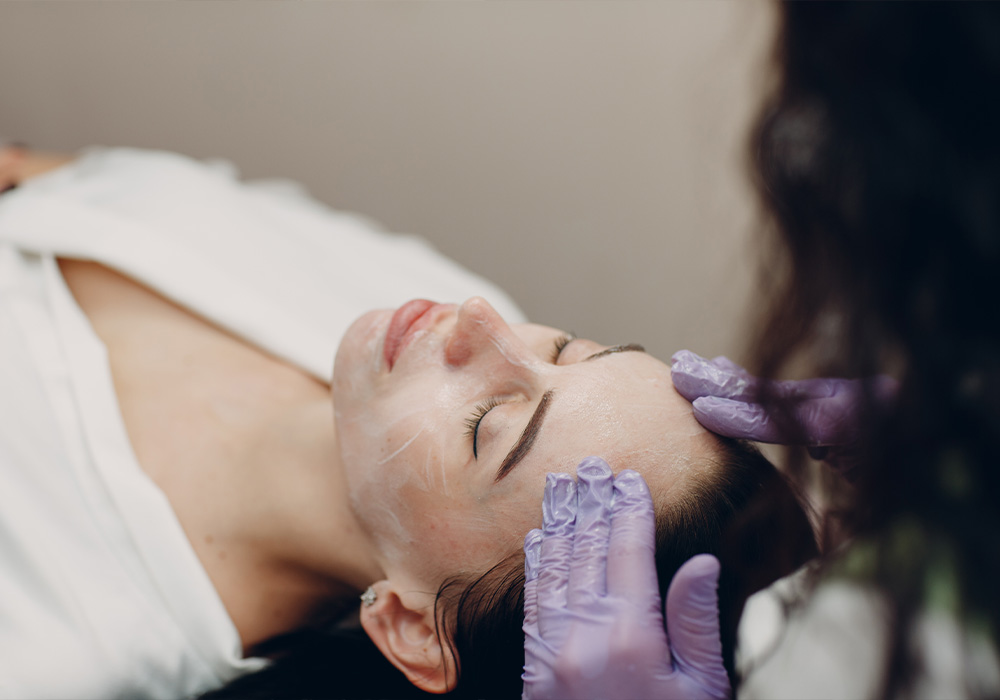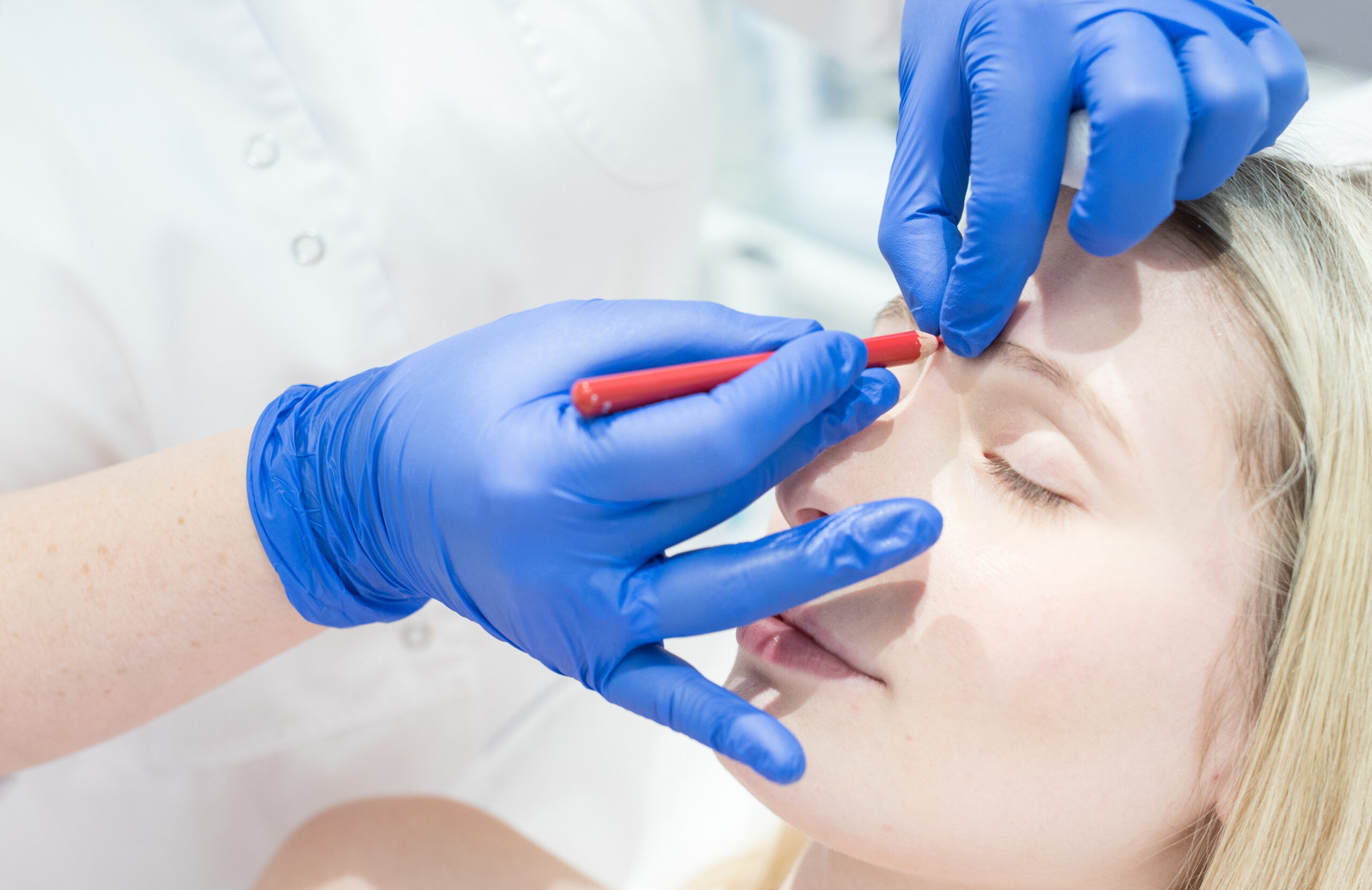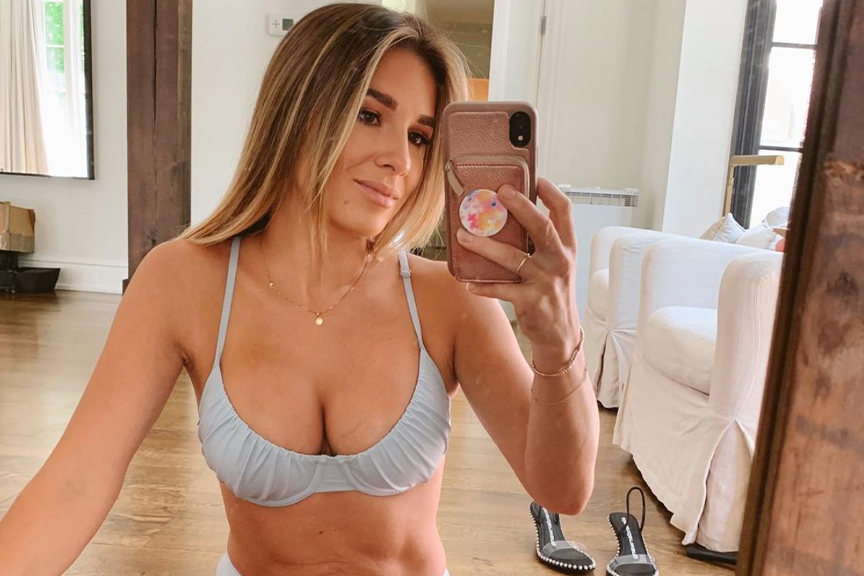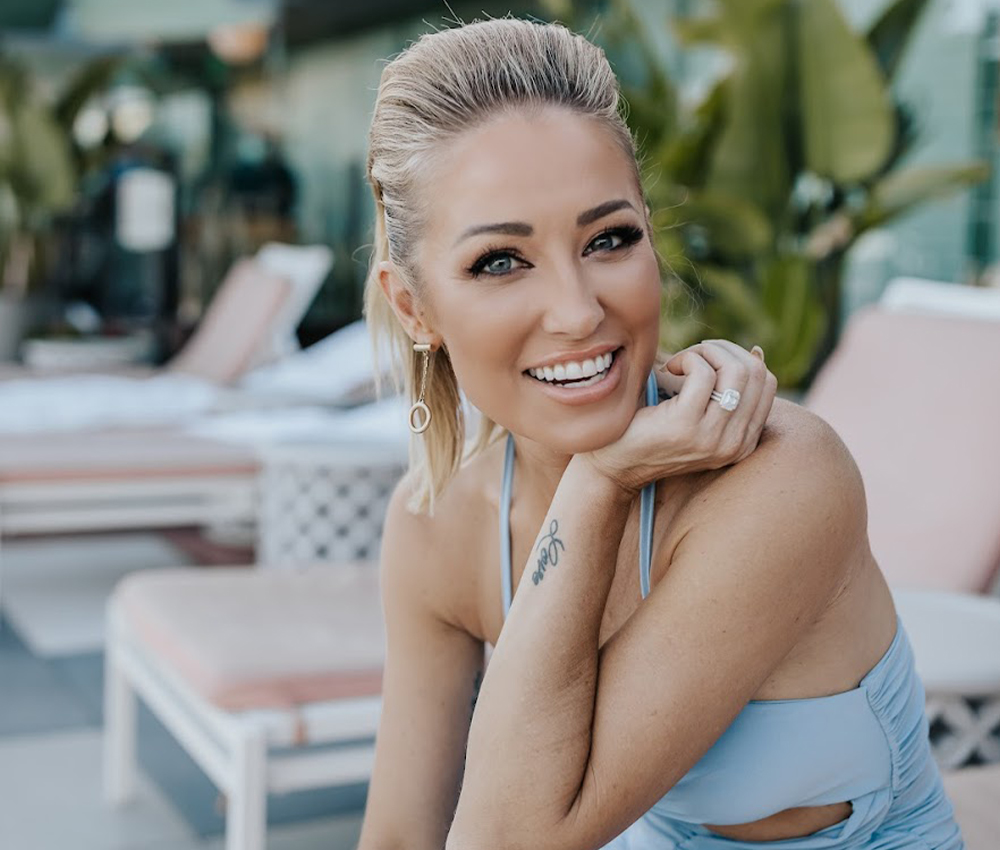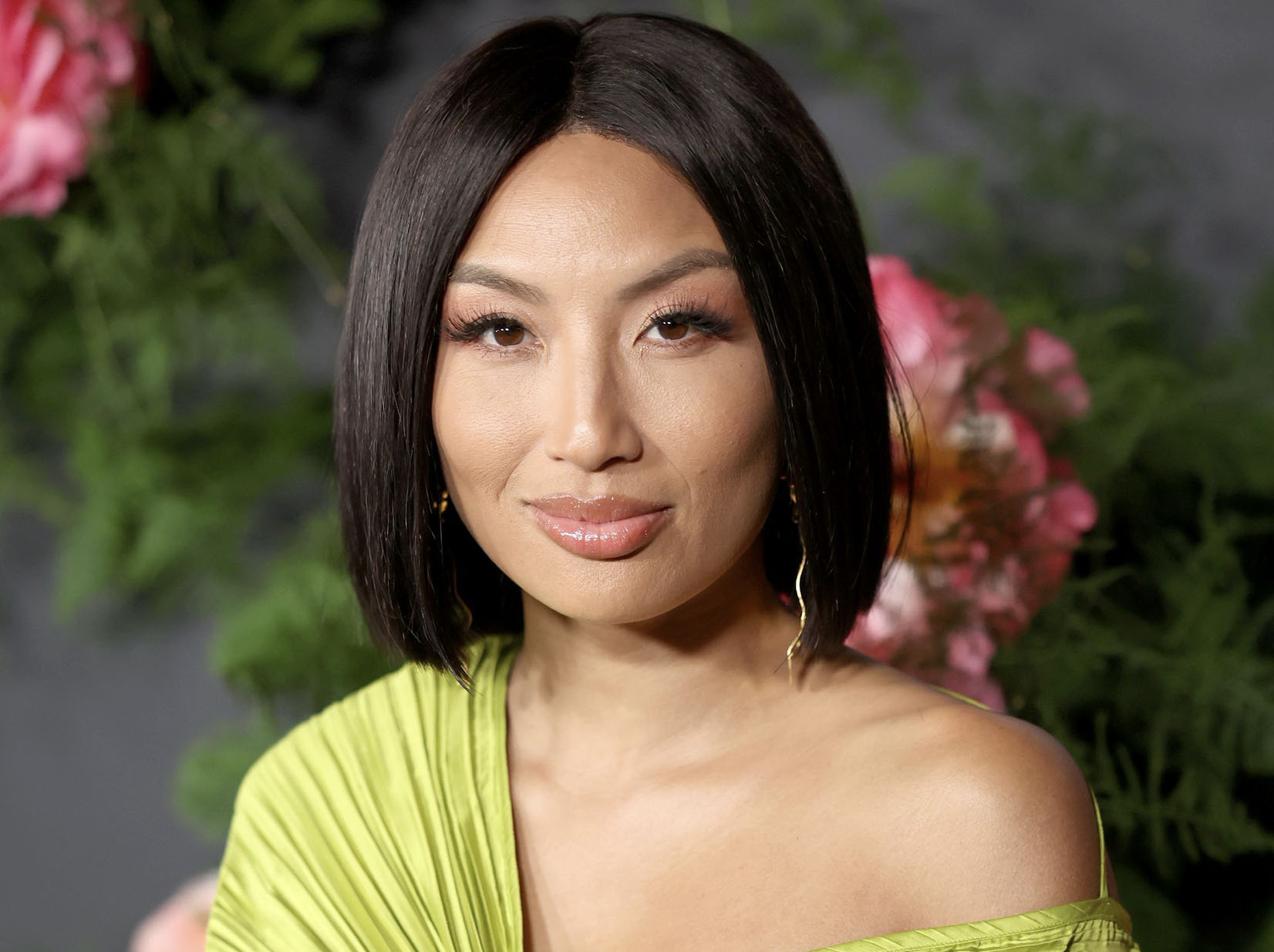For many women, undergoing a breast enhancement procedure is a huge, life-changing step. Once the surgery is done, however, that doesn’t necessarily mean that the journey to new breasts is completely over. Whether it be for medical or aesthetic reasons, a breast revision surgery is sometimes needed to fix, tweak or completely redo a prior surgery. Some women opt to change out their implants or remove them entirely. Some are unhappy with size and/or shape and prefer to go bigger or smaller. There are a myriad of reasons for going under the knife for a second, third and sometimes forth breast surgery, but the thought of it can be daunting. We talked to Metarie, LA plastic surgeon Kamran Khoobehi, MD, an expert in breast revision surgery, to find out how to go from hating your implants to feeling confident with your chest again.
You May Also Like: How Many Times Do You Really Need to Get a Breast Augmentation
NB: What’s the first thing you should do if you don’t like your implants?
Dr. Khoobehi: There are different ways to approach implant revision. It all depends on how bad the problem is, and how many surgeries the patient has before, how long since the implant surgery was performed. All of these factors must be considered. Typically, a patient with an implant that is more than 10 years old will need a new implant. But there’s another option of removing the implant and using the patient’s own fat for breast enhancement. If they have enough breast tissue and enough fatty tissue in the body, that it can be used for breast enhancement.
NB: How do plastic surgery trends influence someone’s decision to remove or replace their implants?
Dr. Khoobehi: I’ve had many patients who had enlarged implants in their 20s and 30s, but in their 40s and 50s they feel like that is just too much for them. They want something that looks better socially, but also fits physically into their lifestyle they want to go smaller. We’ve seen the trend is leaning toward downsizing. In the early 2000s and 2010, the trend was to get a larger implant, but today, a more natural look is what patient’s want.
NB: If you have your implants taken out and have a fat transfer to fill the breast, what percentage of the fat stays in your breasts and how long does it last?
Dr. Khoobehi: The fat stays basically forever. The patient where I’ve seen it last the longest is actually my wife. I did her breasts 11 years ago with fat and they’re still perfect. There are a lot of things to consider when you do a fat graft. One is that the fat is live tissue so it’s going to change with you, it’s going to age with you, it’s going to get smaller or larger depending on if you gain weight or lose weight. It’s not like an implant where you put in 300-cc implants and 10 years from now it’s still going to be 300-cc. If you put in 200-cc’s of fat in the breast, in 10 years you may have gained 10 pounds and they’re going to be bigger. Or you may lose five pounds and they can be smaller. So, the fat is dynamic. It is not like an implant that is going to stay the same size.
NB: Why is it important to go to the right surgeon to do a breast revision surgery?
Dr. Khoobehi: First, you’re going to want to choose a surgeon who is board-certified. Also, choose one who is not only doing primary breast augmentations but also performs secondary breast augmentation. When it comes to fat grafting, although it is a very simple technique, experience matters here too. The fat generally has to be harvested. And also, there’s the question of the donor side. You want to harvest the fat in a way that makes the donor area look better took. You don’t want to mess up one area of the body for the sake of another one. Experience and certification are important, but you also have to have a vision for how to use multiple techniques, put them together and fix a very complex problem. When the patient has had three or four breast surgeries and after all of that, they’re still unhappy with the shape, you have to think out of the box. For some patients, I take the implant out and give them three months of rest so the body can heal. And because there are multiple surgeries and the tissues have too many scars, it’s very important to individualize the treatment for each patient. You have to know which approach or technique is going to work the best.
NB: What type of breast implant do you most often recommend for a breast revision surgery?
Dr. Khoobehi: Now we have a better choice with implants that makes our job easier. With high-quality implants, we don’t see the rippling we used to see the past with the saline implants, even with the second generation or third generation of the silicone implant. They are more bounded, some people know them as a “Gummy Bear” implant, but actually, they are highly cohesive gel implants. They’re perfect for thin patients who have don’t’ have a lot of breast tissue left and they don’t have any fat the body to offer to use as camouflage. They’re more expensive, almost twice as expensive as the regular implant, but they work very well for the patients that they don’t have that much breast tissue to cover the implant.
NB: What advice do you have to someone who’ve had multiple breast surgeries and are afraid their results will only get worse if they to go under the knife again?
Dr. Khoobehi: Number one, I think patient education is the most important, patients need to educate themselves. With all of the information available on the internet, do some homework and find out more about your problem and find other patients who have had a similar problem, so you can see what kind of outcome they’ve had. Number two, make sure your surgeon is board-certified by the American Board of Plastic Surgery. This is very important, someone can say they’re board certified, but they need to be certified by the appropriate specialty board.
Number three is that when you go for a consultation, take pictures of yourself from before your surgery if you have them and any after photos you have from after your surgery. During the consultation, ask to see before-and-after photos of patients who’ve had a similar procedure and see what the outcome is like. Tell the surgeon what you like, what you don’t like, and ask if you can speak to a former patient as well. A good surgeon will not have any problem sharing this information. Ask how many secondary revision breast surgeries they’ve performed and how many similar cases they’ve done.
Photographs are important because it helps spark more questions and a thorough conversation between the doctor and the patient. Knowledge of the procedure is important, but it’s also good to get an artistic view of how the breasts will look after the surgery and what you can expect. With a breast revision surgery, we can’t just look at that situation with a cookbook approach. We have to approach it artistically. These are results that a patient has to live with and we want to make that persons make not just feel good, but also look good and fit the body.







